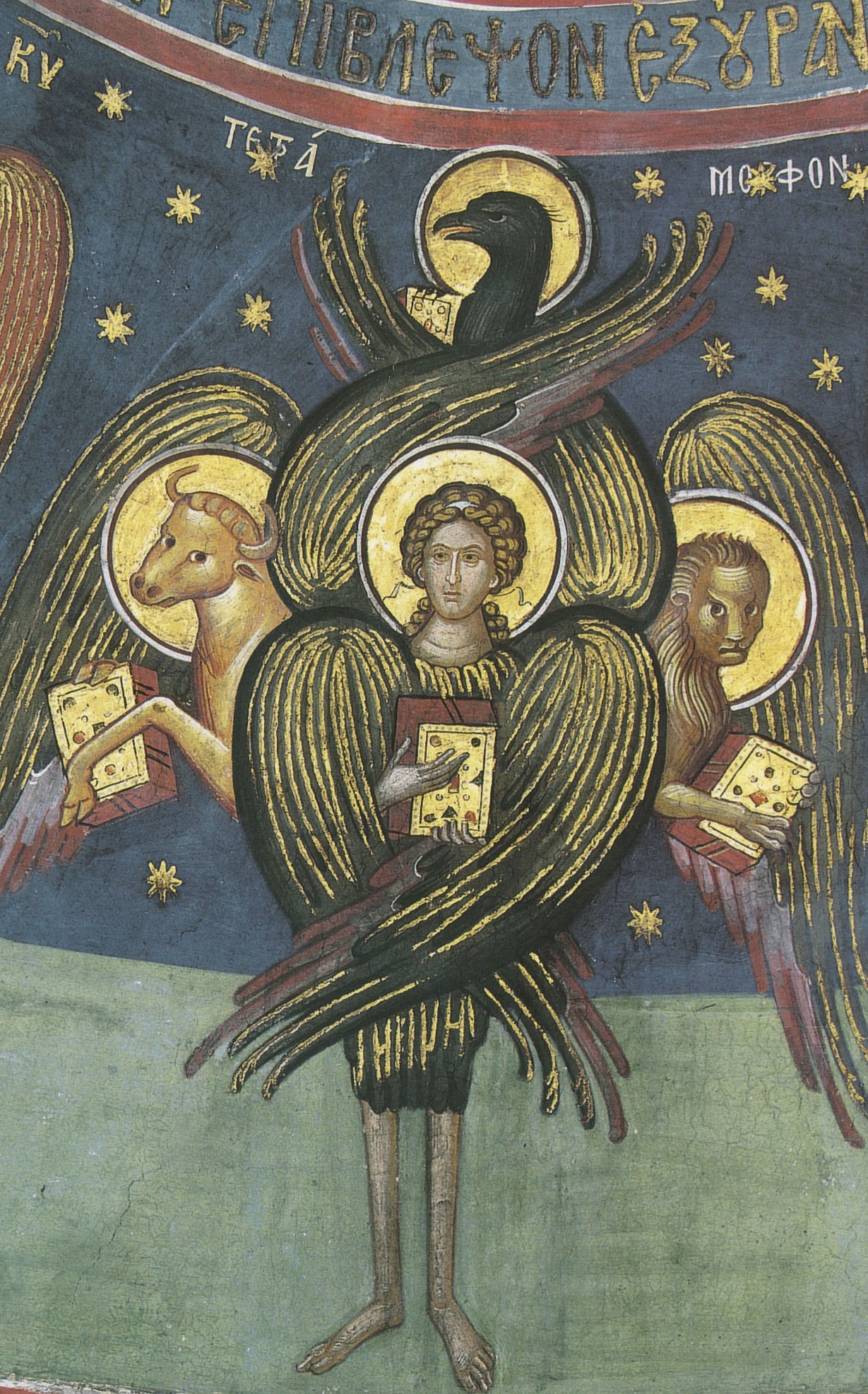As Band said...
All of the following sites give a totally different meaning to the term "seraphim" than that which AGuest has fancifully cobbled together from superficial reading of 'new-agey' unfounded pseudo-mysticisms...
http://en.wikipedia.org/wiki/Christian_angelic_hierarchy
http://www.thefreedictionary.com/seraphic
ser·aph(sr
f)
n.pl.ser·a·phim (--f
m) or ser·aphs
1. A celestial being having three pairs of wings.
2. seraphimChristianity The first of the nine orders of angels in medieval angelology.
[Back-formation from pl. seraphim , from Middle English seraphin , from Old English, from Late Latin seraphn, seraph
m , from Greek serapheim , from Hebrew
r
pîm , pl. of
r
p , fiery serpent, seraph, from
rap , to burn; see
rp 1 in Semitic roots.]
You'll notice that they reference the characteristic of snake venom to BURN, in that quote... Hence the "fiery" aspect. http://www.encyclopedia.com/topic/seraphim.aspx
seraphim
seraphim the living creatures with six wings of Isaiah 6, in early Christian interpretation taken to be a class of angels. OE., ME. seraphin, later seraphim (XVI) — biblical L. seraphim, -in ( = Gr. seraphím, -pheím) — Heb. s e raphim, pl. of saraph.
And again from Wikipedia... http://en.wikipedia.org/wiki/Seraph The word seraphim, literally "burning ones", transliterates a Hebrew plural noun; translation yields seraphs. The singular, "seraph", is more properly rendered sarap. The word sarap/seraphim appears three times in the Torah (Numbers 21:6-8, Deuteronomy 8:15) and four times in the Book of Isaiah (6:2-6, 14:29, 30:6). In Numbers and Deuteronomy the "seraphim" are serpents - the association of serpents as "burning ones" is possibly due to the burning sensation of the poison.[2] Isaiah also uses the word in close association with words to describe snakes (nahash, the generic word for snakes, in 14:29, and efeh, viper, in 30:6).
The Isaiah vision of seraphs in an idealised Jerusalem First Temple represents the sole instance in the Hebrew Bible of this word being used to describe celestial beings."... I saw the Lord sitting upon a throne, high and lifted up; and His train filled the Hekhal (sanctuary). Above him stood the Seraphim; each had six wings; with two he covered his face, and with two he covered his feet, and with two he flew." (Isaiah 6:1-3) The seraphim cry continually to each other, "Holy, holy, holy, is YHWH of hosts: the whole earth is full of His glory." (verses 2-3) One seraph then carries out an act of purification for the prophet by touching his lips with a live coal from the altar (verses 6-7). The text uses the word "seraphim" but adds no adjectives or modifiers emphasising snakes ("nahash," etc.). At the same time the description gives the creatures both human and avian attributes. A strong association with fire, though, is maintained. So again, what part of: "The word seraphim, literally "burning ones", and "The text uses the word "seraphim" but adds no adjectives or modifiers emphasising snakes ("nahash," etc.). At the same time the description gives the creatures both human and avian attributes. A strong association with fire, though, is maintained." Do you NOT get??? Considering that serpents and 'dragon' iconography are nearly ALWAYS considered EVIL in the bible, your bizarre assertions that somehow 'snakes/draco' have suddenly become THE SAME THING AS ANGELS, is wildly out of touch with what the bible really teaches, to say the very least.

 r
r
 f)
f) m) or ser·aphs
m) or ser·aphs n, seraph
n, seraph
 pîm , pl. of
pîm , pl. of 